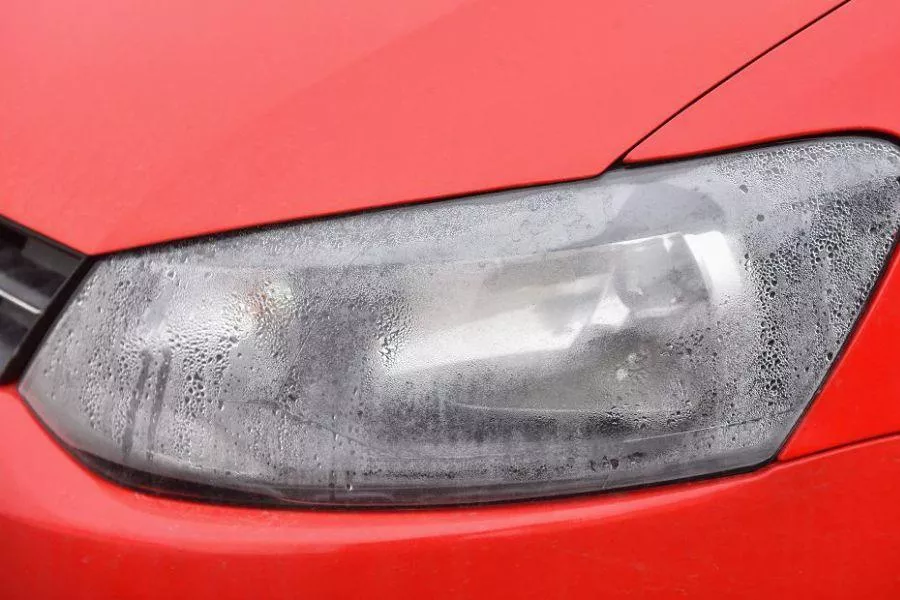New drivers can be eagle-eyed when it comes to how their cars look like inside and out, and can be alarmed at anything that looks even remotely out of place. One such instance is when there’s condensation found inside the vehicle’s headlamps before the ignition has been turned on.

Read on before the sight of moisture or fogging in your car headlamps makes you panic
As cars are a considerable monetary investment, you will understandably have an expectation that your car will perform flawlessly. And it will for the most part, within reason of course. Noticing some moisture or fogging inside something that’s supposed to light your way in low-visibility situations might come across as a cause for alarm, but that’s not necessarily the case.
Condensation forming in headlamps is actually a common occurrence across all automotive brands and styles, so your vehicle’s sticker price has nothing to do with it. Going back to your grade school science class, condensation is part of the water cycle where water changes in form from gas to liquid. Simply put, it’s a natural process that can and will happen in the right conditions.

Condensation is a natural process that occurs when the right conditions are present
Headlamps on cars these days may be engineered with rubber seals, but they are not airtight, mainly because they still need a way to bleed off the excess heat generated by the bulbs during operation. This means that temperature differences between the inside and outside of the headlamp housing will still result in fogging, as moisture inside the housing gather on the coolest parts of the assembly.
The important thing to remember is that this moisture generally clears up after an hour at most, and it doesn’t really affect the functionality of the headlamp. There are typically vents built into the headlamp housing to allow the moisture to dissipate, without needing driver intervention.

Any car is subject to condensation in headlamps regardless of brand
However, if there is water that is actually pooling inside the headlamp housing, this could indicate a fault with the seals, resulting in a leak. Unlike fogging, this is not a normal occurrence, and it can potentially damage the lights and electrical system. If your car’s headlamps have water pooling inside, you may want to have them checked.
Find more tips for beginner car owners at Philkotse.com.
Recent posts
- what are hid headlights Aug 18, 2023
- Upgrading your car's headlights - Things you've never noticed Jan 14, 2021
- DIY tips to replace broken car headlamps Oct 14, 2020
- Easy ways to make your headlights shine like new Jan 06, 2020











